Decoupage plates: styles and subtleties of the process
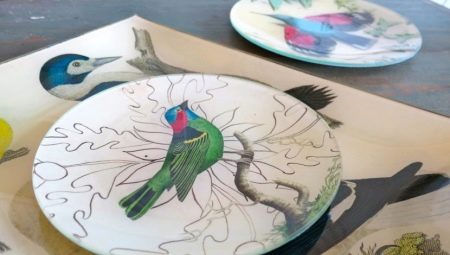
The decorative technique of decoupage has become widespread in recent years. It consists in the ability to transfer the cut out drawing or pattern to any surface. Then the image is varnished to prolong the life and preservation of the product. A special niche in this technique is occupied by tableware, especially decorative plates. Decoupage allows you to turn a standard plate into an exclusive interior decoration item. At the same time, financial costs are minimal, skills are not required, you can master this decorating method practically from scratch.
Tools and materials can be found or purchased at any store.
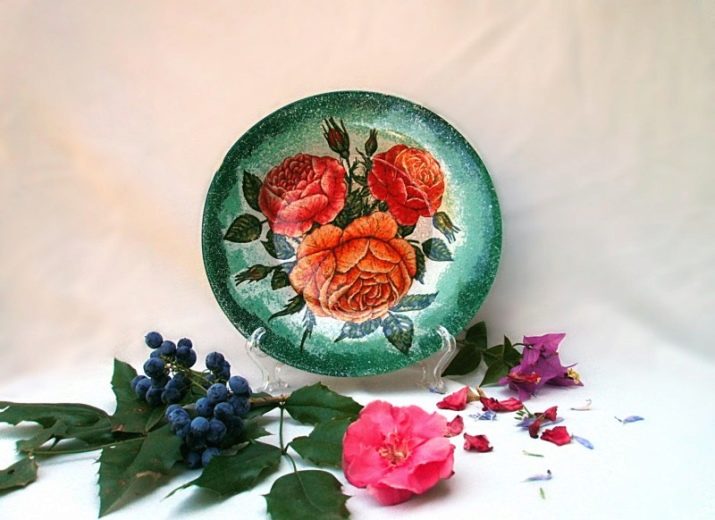
Style selection
Decorative plates using decoupage technique can fit into almost any interior, you just need to choose the right style. We offer you the main directions of styles in which plates decorated using decoupage technique are more than appropriate. Before choosing materials and thinking over the composition, you should decide on the style in which you will design your creation.
Provence
One of the most widespread and favorite styles in which decorative plates are most appropriate is Provence. The characteristic features of this style: simplicity of forms, restraint of color, an abundance of decorative details, unobtrusiveness, a lot of vintage gizmos. This corresponds to the motives of the area, to which the style owes its name: floristic themes, flowers, provincialism.
Whitewashed wood and an abundance of pastel colors give this style a special chic: olive, milk, beige, lavender, mint.
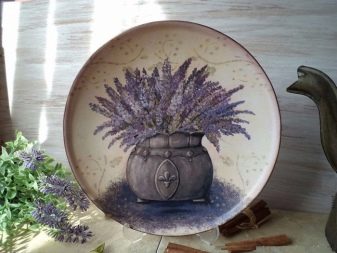
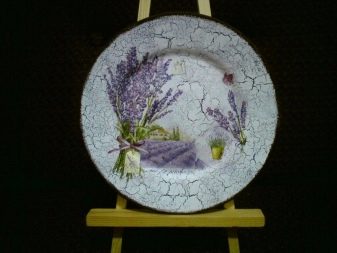
Shabby chic
The shabby chic style is also replete with decorative elements in design.In addition to bleached wood, which is taken as a basis, here the pale pink range reigns supreme, and contrasting, bright colors are almost completely absent. Floral motifs most often reflect roses and other romantic details.
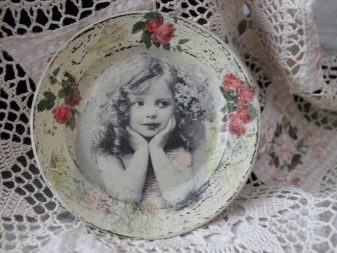

Victorian style
This is an English destination that owes its name to Queen Victoria. It is strikingly different from the previous two in that it is not characterized by simplicity of lines and brevity. Here dominate luxurious notes, chic, wealth. The main background is usually dark, images are applied to it, which are additionally decorated with gilded paints. Shades of gold, copper, rich greenery, and wine range prevail.
As for the motives, still lifes, plump angels, beautiful girls are relevant here.
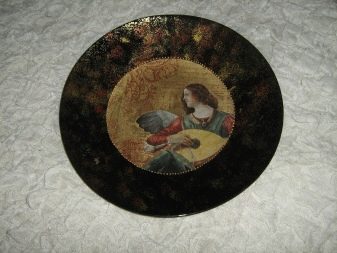
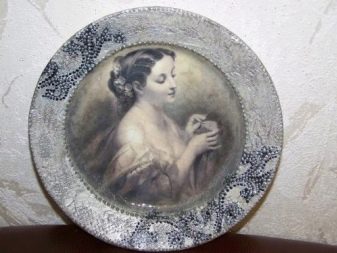
Simplicity
This is the most concise and uncomplicated style, distinguished by its simplicity. It will fit into the interior of modern loft, industrial and other styles. The motives are based on newspaper and magazine clippings. Torn edge, aging is relevant. Despite its conciseness, this style is predominantly vintage, but, in its essence, versatile.
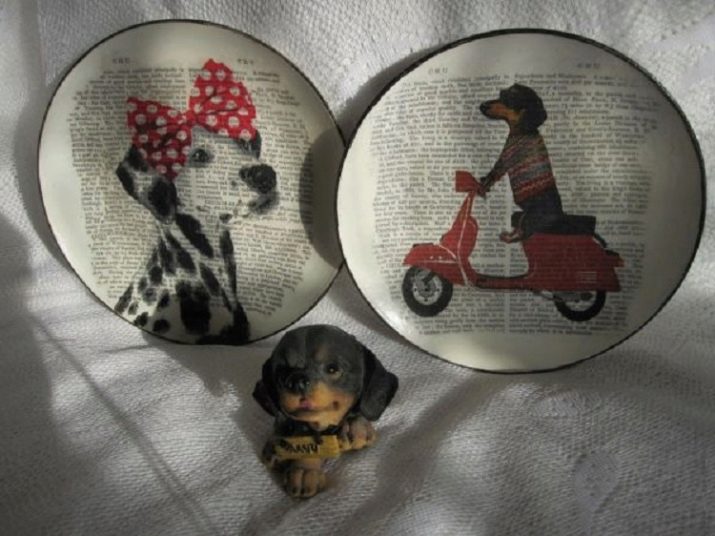
Necessary materials
First you need to prepare a plate that is intended for decoration. This moment requires thought, since not every cymbal is suitable for this purpose. Plates differ in surface structure and material from which they are made:
- glass;
- wood;
- ceramics;
- porcelain.

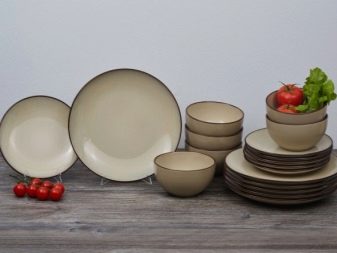
Of course disposable or plastic plates cannot be considered as a basis for decoupage. If you are just starting to master decoupage, try decorating a snow-white, plain, smooth plate or saucer. Avoid corrugated surfaces, coatings with raised details. You can safely take transparent plates as a basis.
If you choose among color options, remember that the color must fit into the style composition.
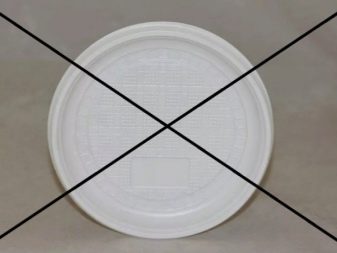

In addition to the plates, you need to prepare:
- cotton pads or cotton wool;
- alcohol, nail polish remover, acetone for degreasing;
- white acrylic primer;
- sandpaper;
- glue brush;
- brushes for painting;
- PVA glue or other acrylic;
- scissors that are comfortable to work with;
- paper napkins;
- one-step aging craquelure;
- finishing varnish;
- necessary additional decor;
- foam sponge;
- acrylic paints.
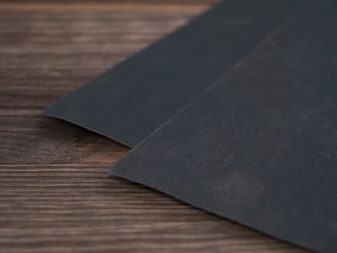
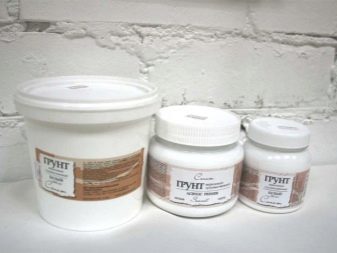
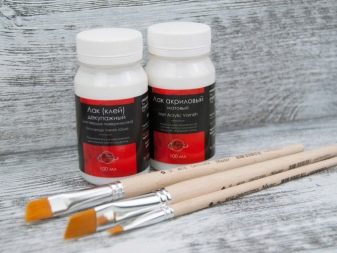
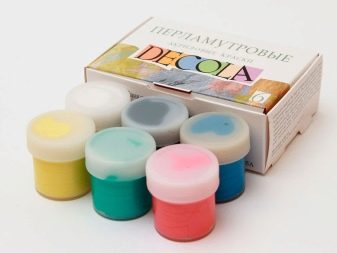
Step-by-step master classes
Almost anyone can learn to decorate plates with their own hands. It is quite simple to make a spectacular beautiful interior thing yourself, the main thing is to decide on the composition and choose the right materials.
Most often, decoupage is performed using napkins., they can be both ordinary and specially designed for this purpose. The difference is that regular napkins are not layered.
For special ones, two lower layers are preliminarily removed.
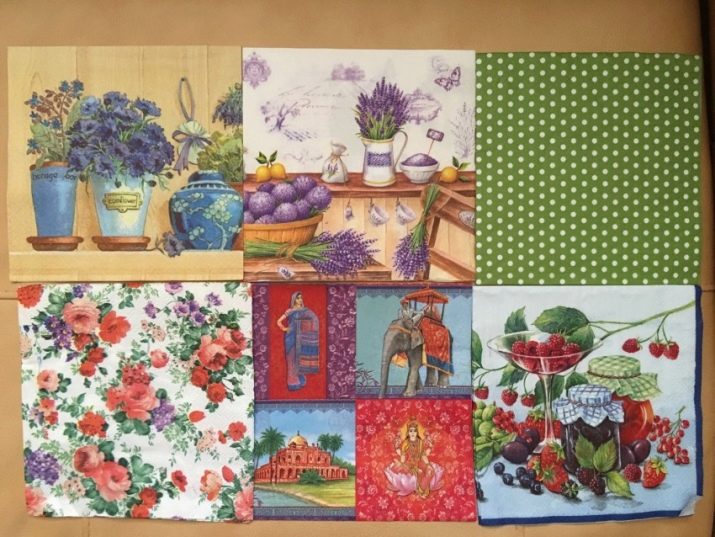
Decoupage differs in the way it is applied:
- straight - when the drawing is applied to the front of the product;
- back, overlaid with the image on the reverse side.
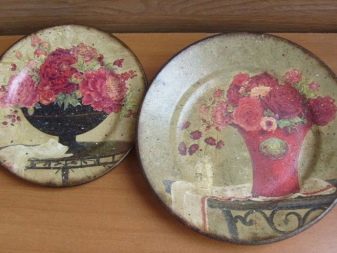

Regardless of the chosen style and composition, the general algorithm of action for decoupage of direct-type cymbals is as follows:
- an image is formed with scissors;
- the surface of the base is degreased, for which it is wiped with cotton wool soaked in alcohol;
- it is necessary to apply white primer;
- after drying, it is processed with sandpaper;
- the drawing is placed on the surface in the selected place and processed with glue from the center to the edges;
- avoid the appearance of wrinkles, you need to smooth the surface very carefully;
- the edges of the plate can be treated with acrylic paints applied to a sponge or fingers;
- after drying, varnish is applied to protect the product from external influences in 2 layers, the second - after the first is completely dry.
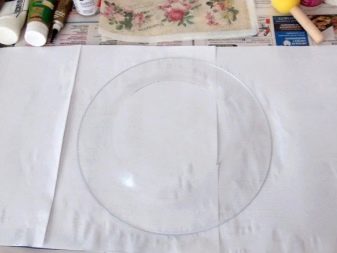
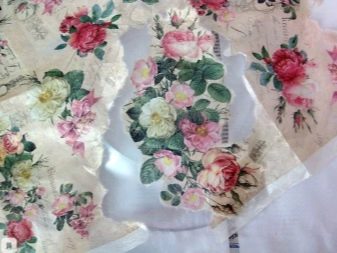
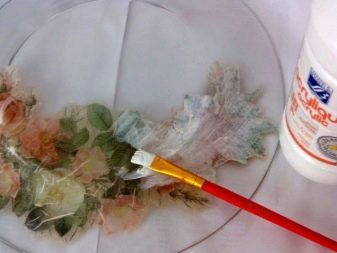
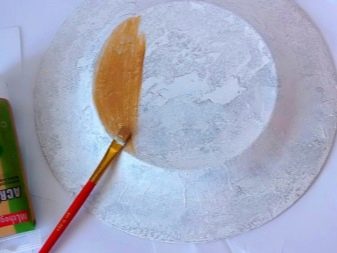
remember, that before you start gluing the details of the composition, they need to be placed in a draft that can be adjusted. Ideally, a diagram is drawn with the determination of the location of one or another part of the ensemble. Only then proceed to the decorating process.
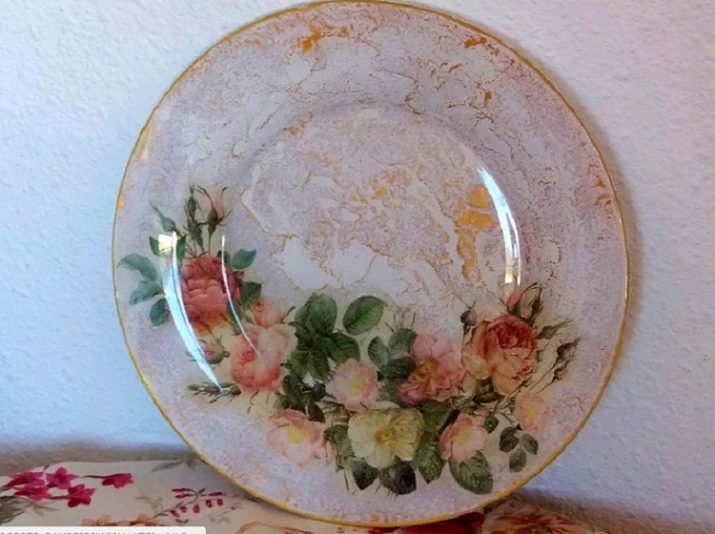
If you are decorating dishes in order to just admire them, you can use direct decoupage, and if you plan to use it, make a choice in favor of the opposite. Transparent type glassware is suitable for him. Execution algorithm:
- the plate is washed and degreased;
- glue is applied to the bottom;
- the drawing is applied with its face to the bottom so that it can be seen through transparent glass;
- the image is smoothed;
- roughness is destroyed with sandpaper very carefully;
- after drying, it is varnished;
- craquelure can be used at the edges;
- on top, after drying, acrylic paints of the required shade are applied.
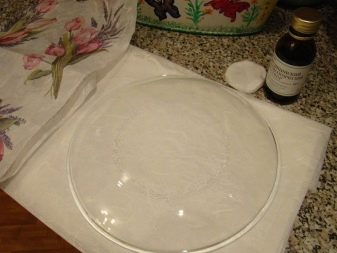
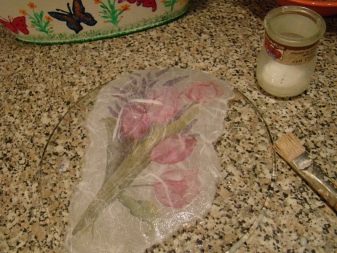
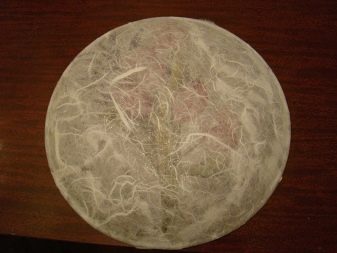

To add effect to your product will help painting the background with contrasting paint or drawing images of fruits, flowers. A plate with a photograph looks nontrivial. To do this, you need to print the required photo on not very thick paper and apply in compliance with the usual technology.
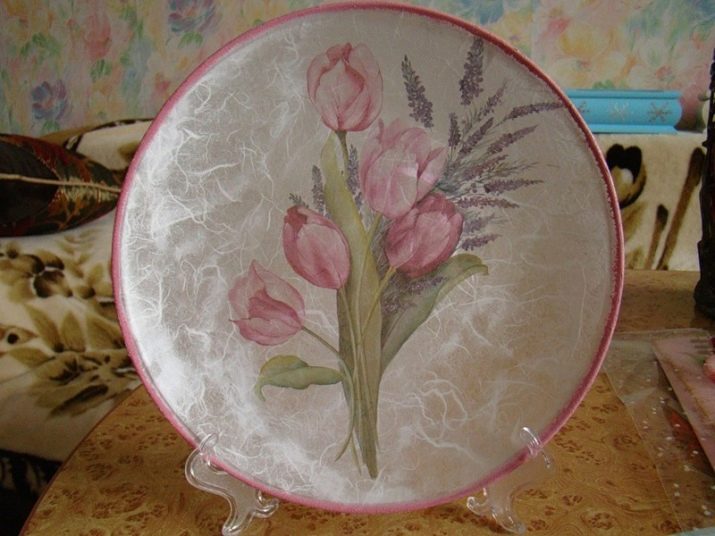
Volumetric decoupage
This technique allows you to create 3D compositions using plastic, eggshell. It is very important to prepare these materials by washing and drying them.
The algorithm of action is as follows:
- the plate is washed and dried, degreased;
- glue is applied in a thin layer;
- the shell is neatly glued, placing the concave side up;
- processed again with PVA glue;
- then you need to apply acrylic primer, and let it dry;
- the glue and the selected images are again applied to the resulting volumetric surface;
- the product is varnished;
- decorative elements are used if necessary.
Shells, buttons, rhinestones, half-beads, stones, ribbons, gold leaf, newspaper tubes, and marble are used as additional decor.
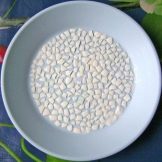
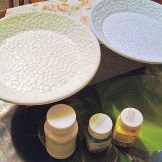
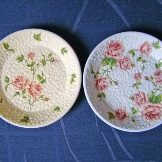
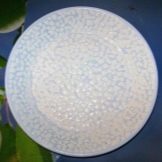
Interesting ideas
We offer you the newest and most classic ideas for decorating plates using decoupage technique. Using the given algorithms of action and choosing the right materials, you can embody almost any of the presented compositions. To begin with, you can try to repeat the ensemble to develop a skill, and then introduce individual ideas and original solutions.
- Image in the center of the plate, framed around the edges with intricate lace - a very effective way to decorate. Completeness of the composition is given by beaded decor to match the lace.
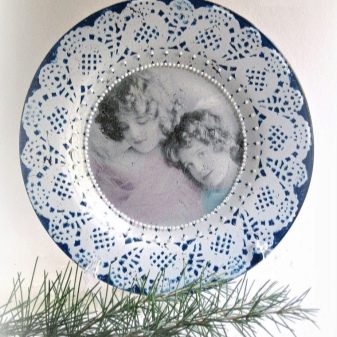
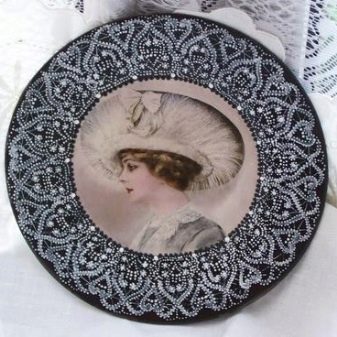
- New Year and Christmas motives in decorating plates - one of the most popular destinations. Exquisite painting gives a special luxury to the composition.
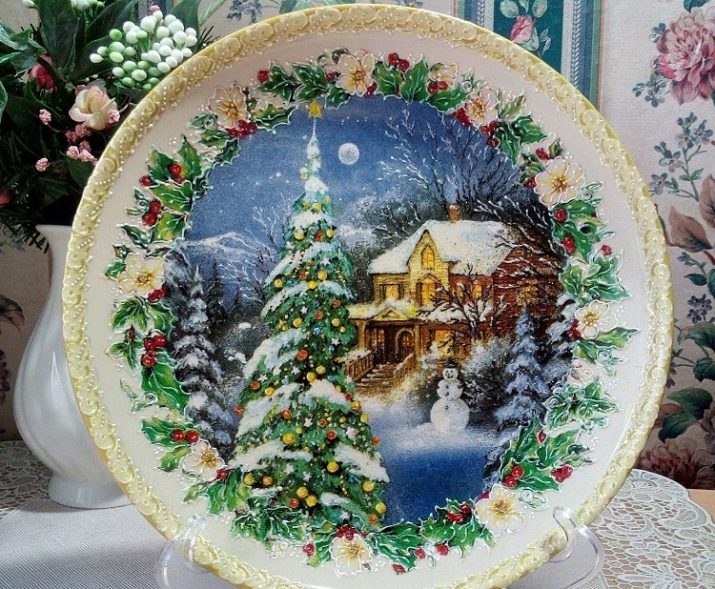
- Winter mood, a well-thought-out composition, a correctly selected basic color scheme - this is the key to a stunningly beautiful result.

- Provence - a very common style trend in decoupage. Lavender motifs framed in the appropriate shade, exquisite patterns - all this makes up a very atmospheric ensemble.
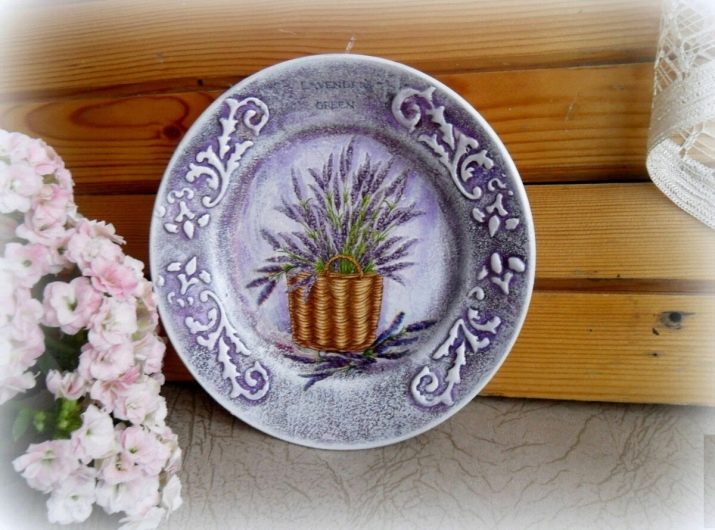
- Decoupage can be very laconic and discreet, marble shades and artificial cracks give the product a very unusual look.
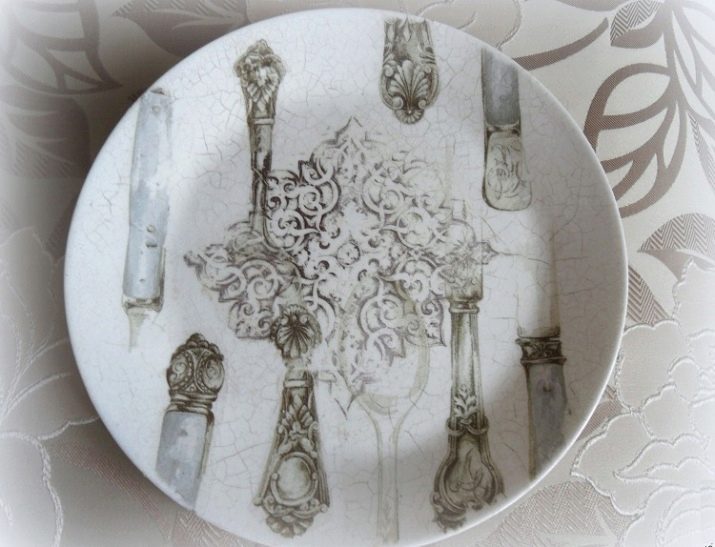
- Artificial aging, a gray and white background and luxurious floral motifs are the hallmarks of shabby chic in decoupage.
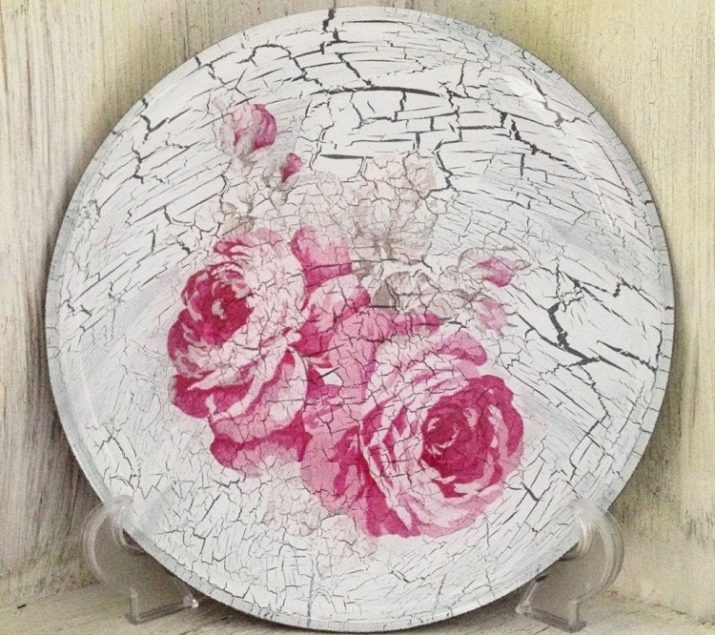
- Composition may consist of several small fragments, correctly located on the surface.
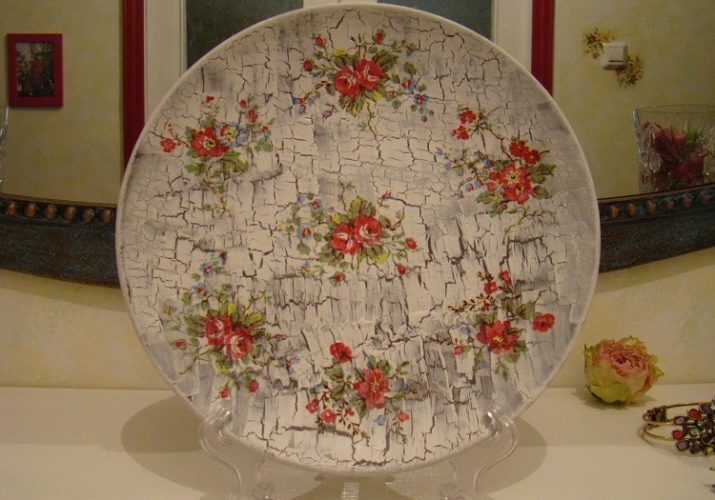
- Floristic motives - one of the most popular trends in tableware decoupage. This composition is an example of an unusual combination of various decorative elements with classic decoupage.

- Victorian decoupage it is distinguished by the presence of golden decor and expressive plots, for example, with angels.
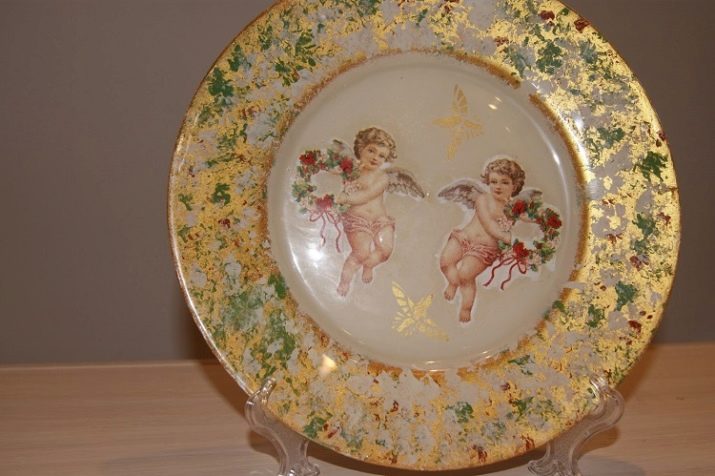
- Volumetric decoupage - a very effective way of decorating. You can select absolutely any part of the plot.
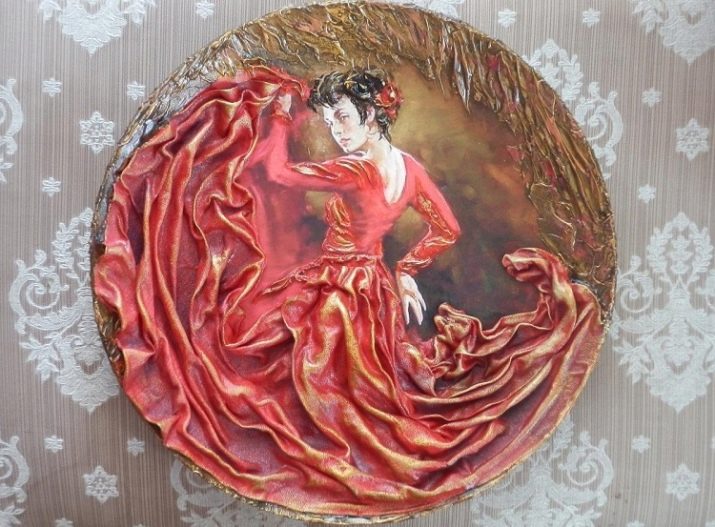
- Convex floral ensembles in decoupage they look just incredibly attractive.
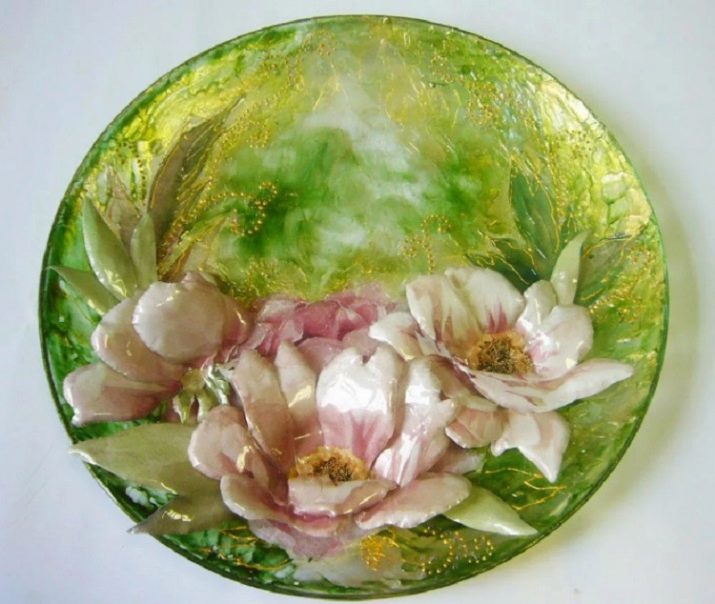
- A great way to add showiness to decoupage is decor from shells.
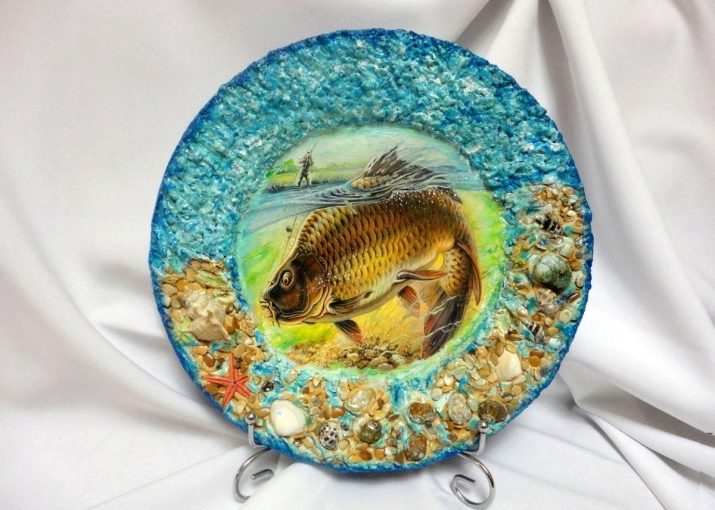
- A great example of a gift is plate with a photograph on a beautiful background.
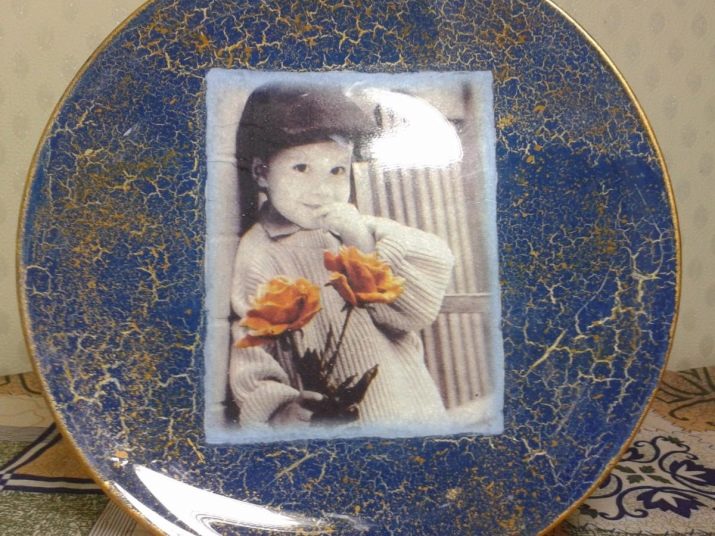
- Choosing decorative elements, start from the plot, temperature, mood of the main picture.
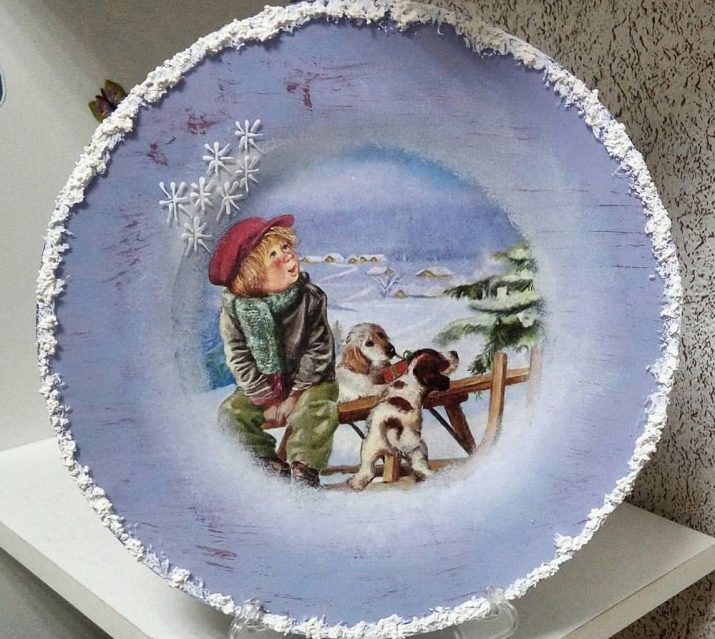
- Reverse decoupage can only be performed on transparent dishes. In this case, the edges of the plate can be left without decoration.
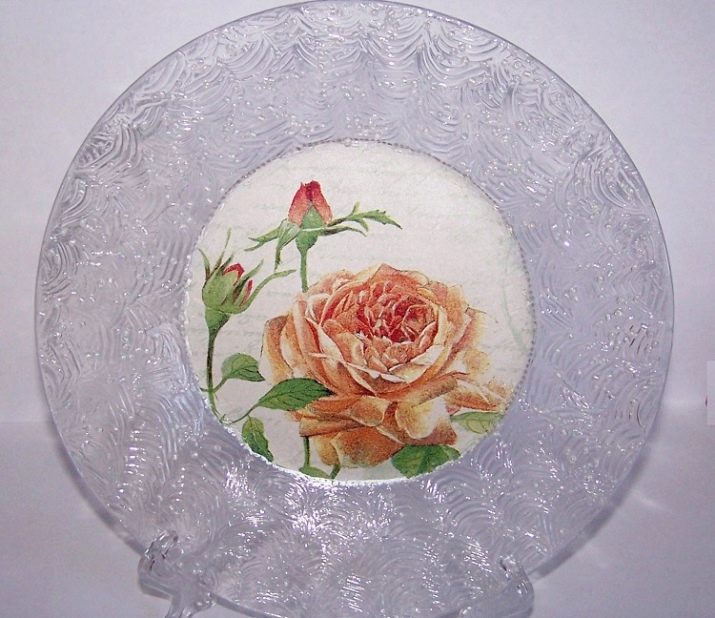
See the next video for a master class on reverse decoupage of a plate.








